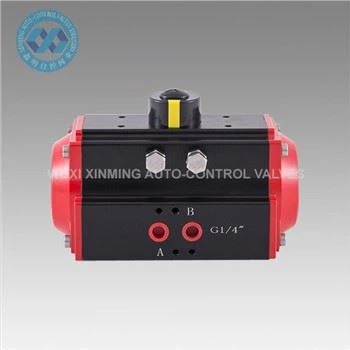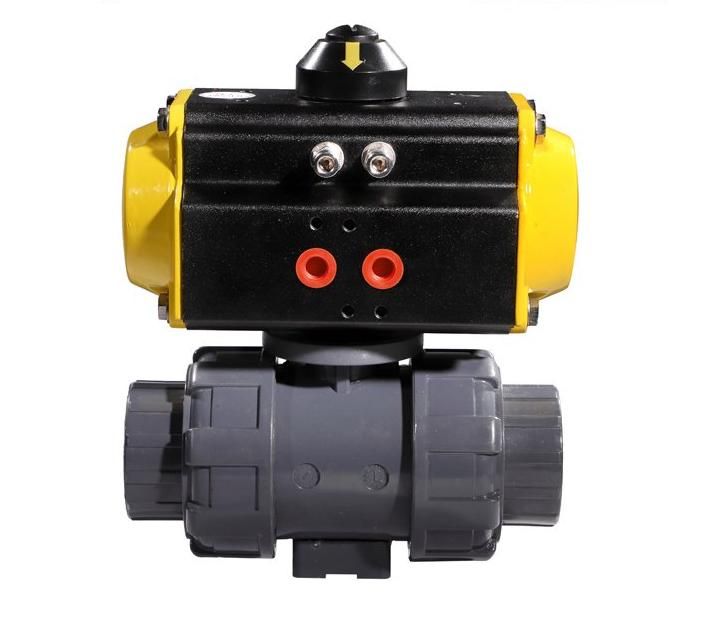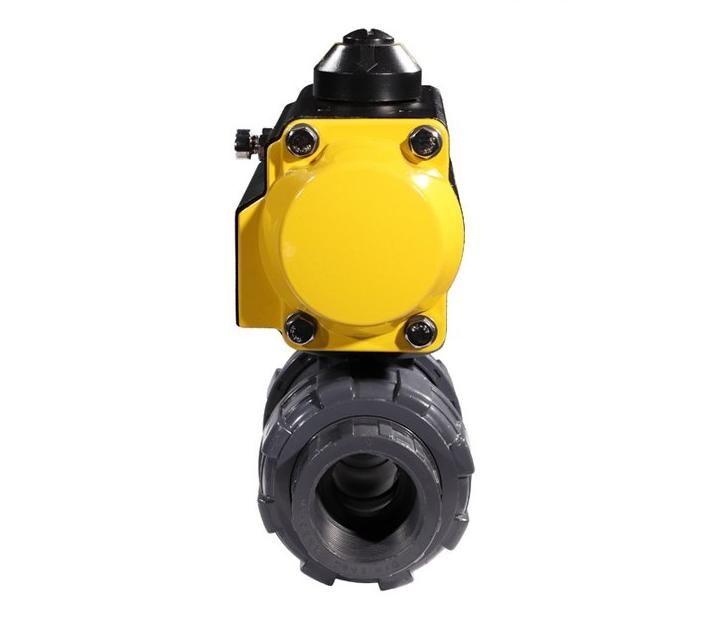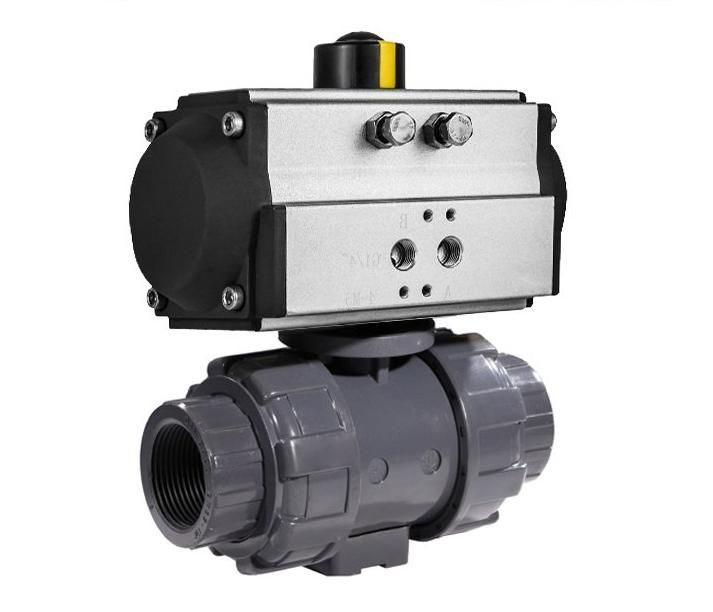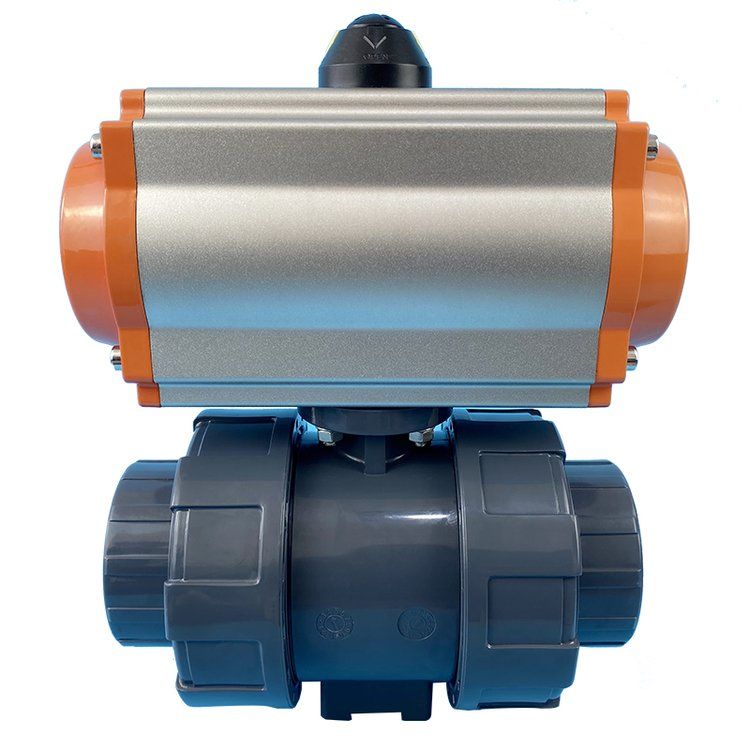Ball Valve Pneumatic Actuator
Air Leakage Prevention Guide
Preventing air leakage in a ball valve pneumatic actuator requires systematic checks and proactive maintenance to ensure efficient operation.
➤ 1. Seal and Gasket Inspection
- Regularly examine O-rings, diaphragms, and gaskets for cracks, hardening, or wear—common leakage points.
- Replace them with manufacturer-approved materials (e.g., Viton for high temperatures, Buna-N for general use) to maintain airtight seals.
➤ 2. Air Supply Regulation
- Install filters and dryers in the compressed air line to remove moisture and contaminants.
- Ensure air pressure stays within the actuator's rated range—excessive pressure strains components, causing leaks.
➤ 3. Connection Tightening
- Check threaded connections, hose fittings, and flange joints periodically.
- Use torque wrenches to tighten fittings to specified levels—over-tightening can damage seals.
- Apply thread sealant (PTFE tape or compound) where appropriate.
➤ 4. Routine Lubrication
- Lubricate moving parts (gears, pistons) with recommended oils/greases.
- Avoid over-lubrication, as excess can attract debris that clogs passages.
➤ 5. Post-Installation Verification
- Test for leaks using soapy water on connections—bubbles indicate escaping air.
- Run the actuator through full cycles to check for hidden leaks in internal chambers.
Pro Tip: Maintain a maintenance log to track seal replacements and lubrication schedules. Consistent documentation helps identify recurring issues and predict component lifespan.
If you want to learn more about low-priced products, please visit the following website: www.xm-valveactuator.com






